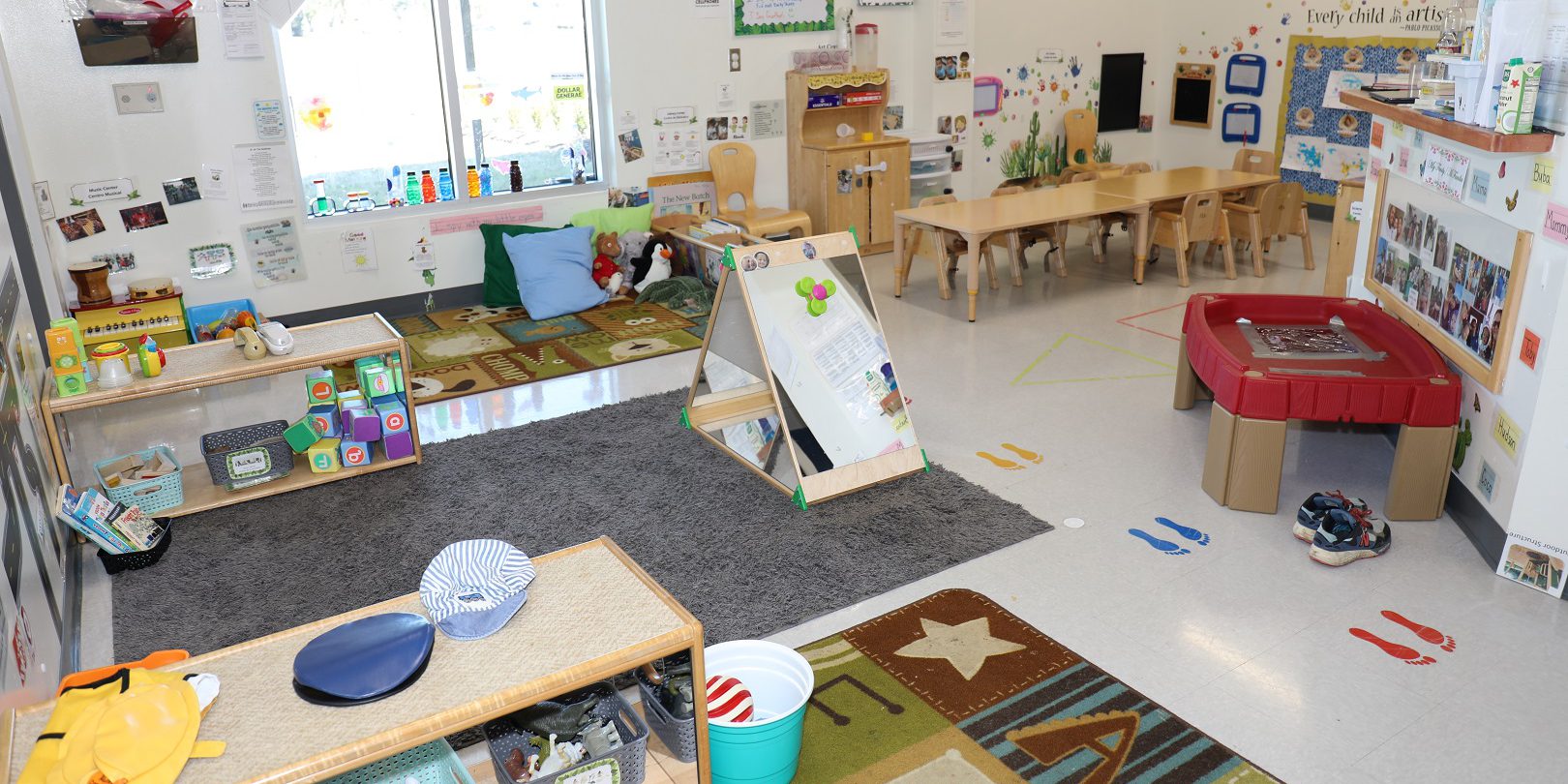Inclusion refers to integrating children with physical, behavioral, linguistic, or learning differences into the general education classroom as much as possible. This is often achieved by providing a reasonable accommodation—a change in how material is taught, supported, or tested. This might look like labeling items in more than one language, rearranging the classroom to make enough space for a wheelchair, or not serving certain foods at lunch. All children benefit from an inclusive environment. Children without special care needs develop empathy and compassion, and children with special care needs can make larger gains in their development compared to their peers in segregated settings. Applying similar principles to families promotes feelings of belonging and trust.
Texas Rising Star does not recommend specific accommodations because they are individualized based on a child’s needs. Under federal law, early learning programs have to follow the recommendations from a healthcare professional or other qualified professional when a child needs a reasonable accommodation.
Stop and Reflect

How does your program currently accommodate children and families? What does the written policy say about inclusion?
How confident do you feel that your program accommodates
-
- Home language?
- Special needs/differing abilities?
- Cultural backgrounds?
What support do you need from your Texas Rising Star mentor to promote inclusion in the classroom?
Define
Texas Rising Star has two measures related to inclusive practices. Click the links to learn more about these measures.
Learn

Here is an exemplary written policy outlining how a program supports families and children who may need additional accommodations. Program leaders can include similar policies in the program’s family handbook as evidence of programmatic processes and classroom accommodations for families and children to include home language, differing abilities, and/or cultural backgrounds. This sample is available in English and Spanish.
Age group(s): Infant, Toddler, Preschool, School-ageResource Type: Example Document

Children’s physical, social, and emotional development have an impact on their behavior. In this self-study, teachers will explore strategies to support children with differing sensory, developmental, and temperamental needs.
Age group(s): Infant, Toddler, PreschoolResource Type: Online Course
Practice and Improve

This article includes tips for small changes to teaching and classroom setup that go a long way in supporting children with special needs. It also includes links to additional recommendations that help programs meet the needs of children with specific types of disabilities.
Age group(s): Infant, Toddler, Preschool, School-ageResource Type: Publication

Early Childhood Intervention (ECI) is a statewide program within the Texas Health and Human Services Commission for families with children birth up to age 3, with developmental delays, disabilities or certain medical diagnoses that may impact development. It is important for early learning programs to understand ECI definitions and services and to partner with families who have received ECI services as programs build inclusive classrooms.
Age group(s): Infant, ToddlerResource Type: Toolkit

In this publication from Penn State Extension practitioners can explore the meaning and the key components of inclusion: access, participation, and supports. By having written policies regarding additional accommodations, the program has proof that additional supports are offered for families and children with differing home languages and cultural backgrounds.
Age group(s): Infant, Toddler, Preschool, School-ageResource Type: Publication
View more resources by clicking the link for each measure in the Define section.
